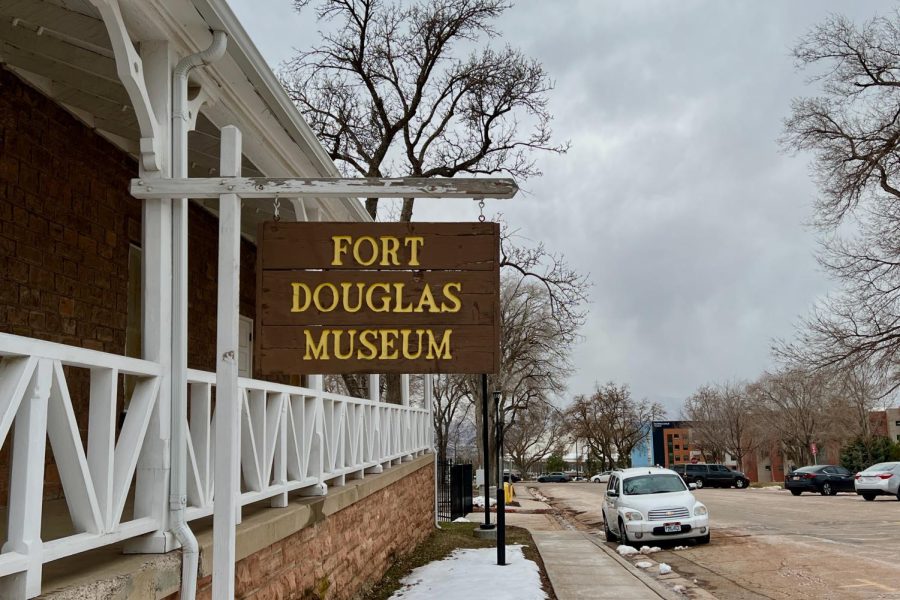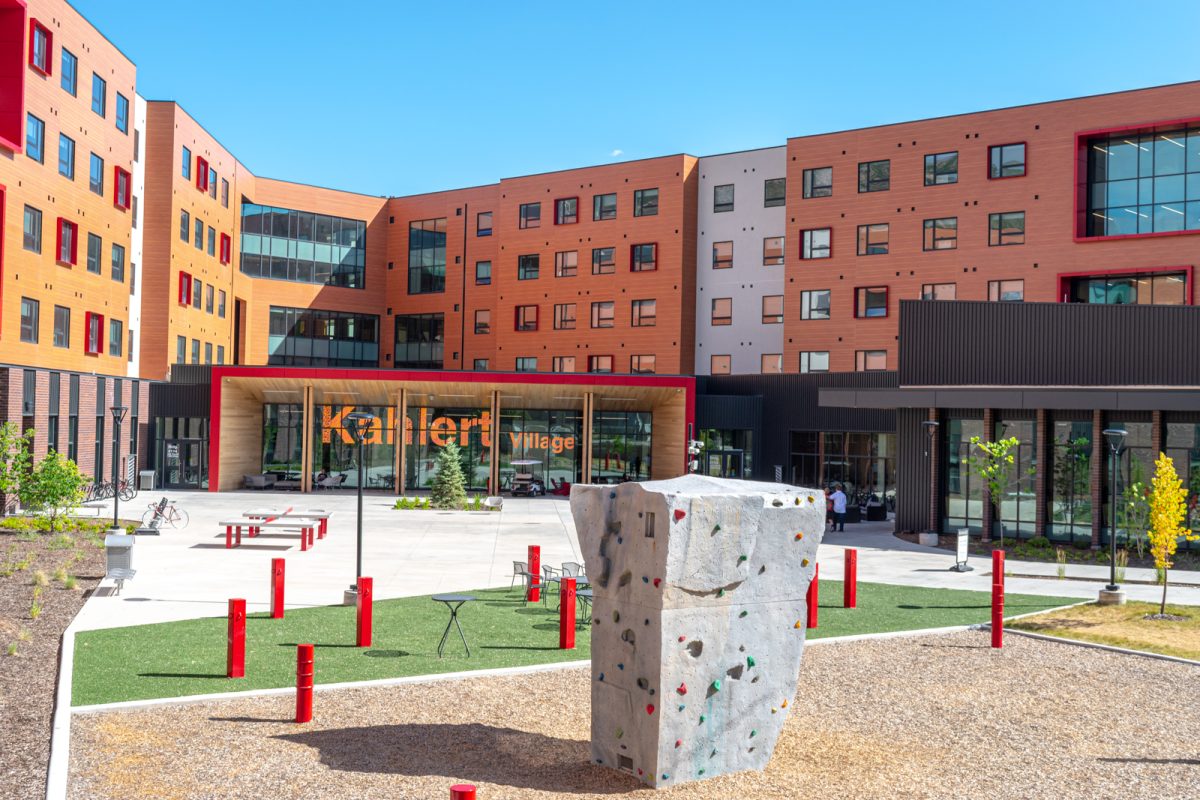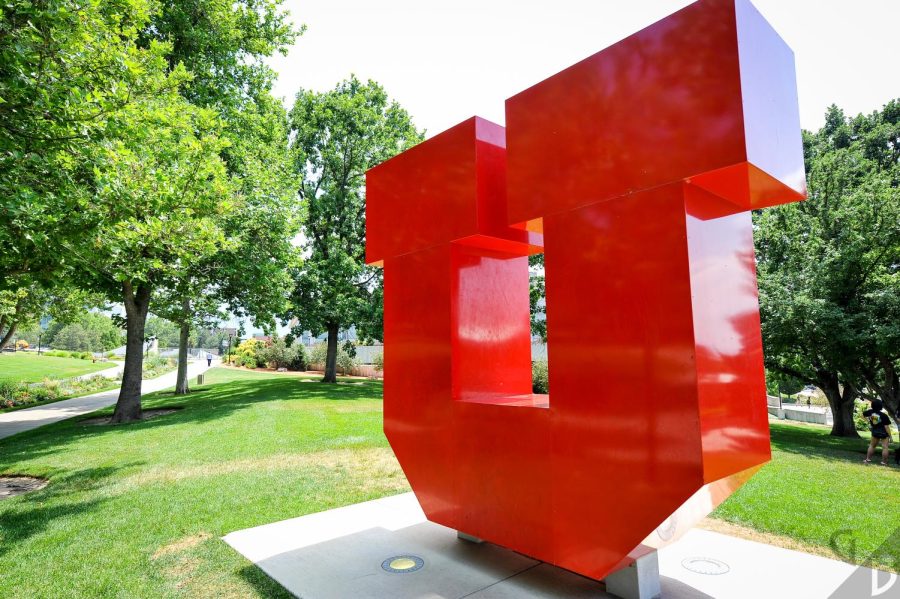Fort Douglas Relocation Opens Up 50 Acres of Land for the U
Fort Douglas Military Museum on the University of Utah campus in Salt Lake City on Monday March 29, 2023. (Photo by Julia Chuang | The Daily Utah Chronicle)
April 7, 2023
During the most recent Utah state legislative session, the University of Utah was granted $100 million to relocate the army reserves at Fort Douglas to Camp Williams, a National Guard training site located in Bluffdale.
Talk of relocating Fort Douglas has been taking place for some time, and the U has been working with the National Guard to find a suitable area in Utah where the army reserves could be moved, said Jason Perry, vice president for government relations and director of the Hinckley Institute of Politics at the U.
“The connection [with Fort Douglas] goes back to about 1850,” Perry said. “We have some two-star commands here. Fort Douglas is a very important military presence and it’s a military presence that the state wants to keep in Utah.”
Once the army reserves at Fort Douglas have left, the land they once resided on will be reverted to the U’s care, giving them around 50 extra acres to use for university needs, according to Perry.
“This is one of those rare moments where it’s a true win for everyone involved, for them to be able to preserve those commands in the state right next to Camp Williams, but also for the University of Utah to get the remaining acres of where [Fort] Douglas is,” Perry said. “For a landlocked university, it is an amazing opportunity and it will be significant for all future growth for the university.”
Having this extra land as property of the U will be significant for student growth and growth of programs and services, according to Perry, and the U will soon start creating a master plan of operations to utilize this land.
“We’ve had tremendous growth on our campus in terms of our student population, in terms of the research that is happening,” Perry said. “Our health science system is growing in size, but also reputation and for the long-term success of the university. This will aid in a significant way.”
Fort Douglas is the home of many historical sites, and as a plan for the land develops, the U will be working to preserve these sites and make sure they are taken care of, said Perry.
“There are some very important buildings on that site, several of which are historical, and we’ll work with the State Historic Preservation Office on those,” Perry said. “There’s still a lot of planning to do.”
While the relocation has been approved, it may take several years before any progress is seen because of the size of the project and the components involved in creating a new home for the army reserves, said Lieutenant Colonel Chris Kroeber, the public affairs officer for the Utah National Guard.
“Anytime a military project is built, it’s pretty long term, so pretty long duration,” Kroeber said. “It usually takes a couple of years, one to two years at least, to design a project.”
According to Perry, before starting the relocation, there needs to be facilities built on the land purchased for the army reserves, and once this process begins others will quickly follow.
“The first big step is helping to build the facilities that will be necessary for them to move into,” Perry said. “While that is occurring, we’ll start doing the master plan for [Fort] Douglas here for what would be the best.”
While the Utah National Guard’s involvement in the relocation is minimal, they are excited to be able to work with the army reserves from Fort Douglas and help make the relocation process easier, said Kroeber.
“We would be ecstatic to have the Army Reserves share the same space with us,” Kroeber said. “I think it’s mutually beneficial to both organizations to be able to share training spaces that we have at Camp Williams. They would contribute to some of our range stuff as well as we can contribute to some of the training.”













